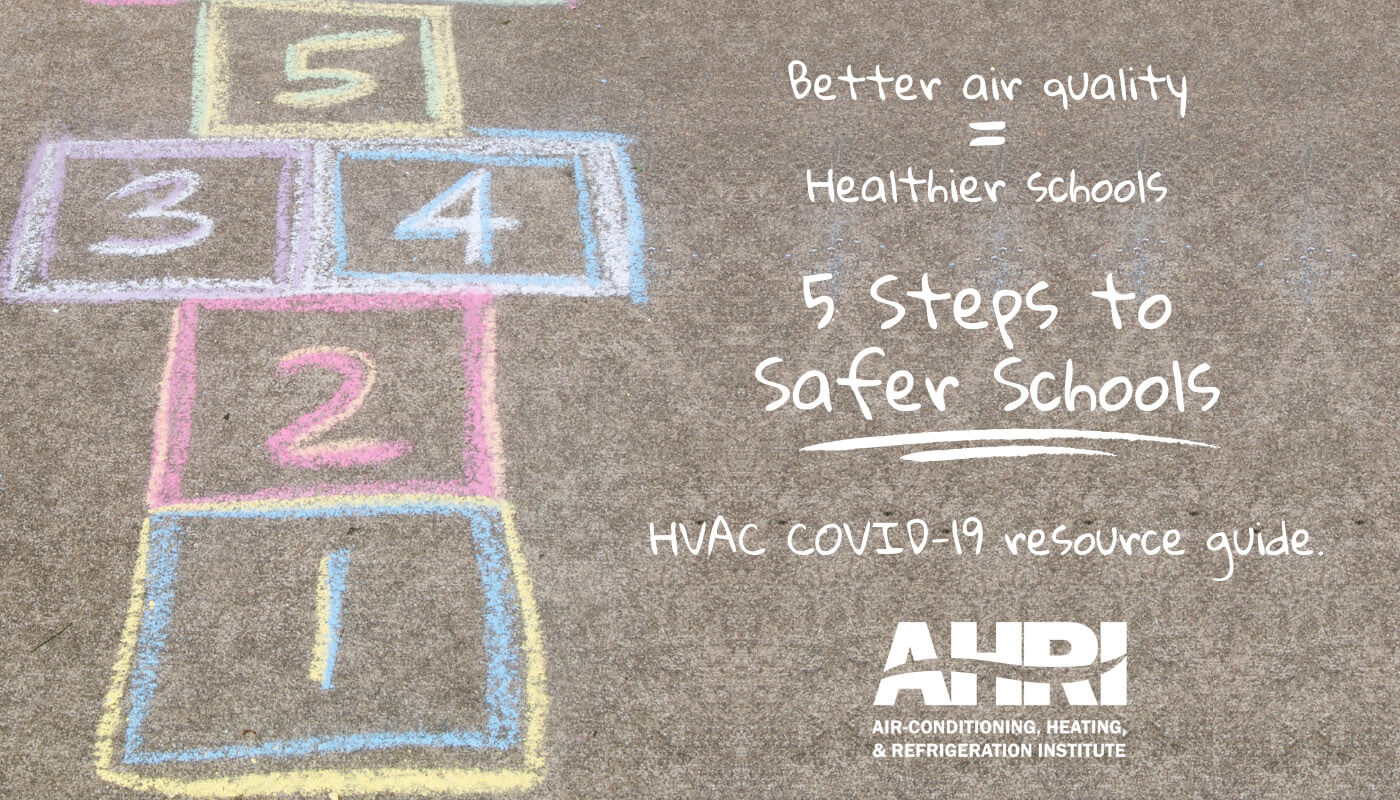
Air quality can help control the spread of COVID-19

Today, there are recommended guidelines on what we can do to minimize risk of contracting COVID-19 and stay healthy. Furthermore, there are additional steps that we can take to significantly reduce the risk of transmission. The American Society of Heating, Refrigerating, and Air Conditioning Institute (ARI) has launched an informational campaign aimed at helping school systems improve indoor air quality as a way to make them safer. The campaign stresses the key role that ventilation and recirculation of indoor air plays in reducing the transmission of COVID-19. Here are the 5 steps they mentioned on how to keep schools safer by monitoring indoor air quality:
- A properly installed and maintained HVAC system by an experienced contractor is vital for operational success.
- Good ventilation is Key - Increasing the flow of air – and providing more outside air in particular – is a vital part of pathogen dispersal.
- Filtration is a must - It is recommended that mechanical filter efficiency be at least MERV 13 to help mitigate the transmission of infectious aerosols.
- UV Light treatment should be considered - UV light treatment can complement filtration by addressing the particles that can slip through filters and prevent viruses from reproducing.
- Humidity Control - Viruses are least viable in buildings with humidity between 40-60%. Controlling humidity levels can help reduce the breeding of viruses and bacteria.

We now know that COVID-19 is mainly transmitted through droplet, person to person or via surfaces, however, the virus is still being studied by scientists. Most people agree that schools, office buildings, public spaces and homes should be a safe environment for all, families, students, teachers, staff etc. Since 2015, studies have increasingly shown the danger of bad air quality (pure carbon dioxide at moderate levels). The evidence is clear that excessive CO2 can negatively affect cognitive performance and cause direct human health risks. It can even help airborne infections, like COVID-19, spread more effectively due to bad air (lack of fresh air) being recirculated.
In conclusion, it is essential to conduct test and assessments to determine that areas where people gather (such as classrooms, offices, public spaces, etc.) are receiving appropriate air flows. A properly installed and maintained HVAC system can go a long way towards mitigating potential viral spread. These systems should have sufficient ventilation, using outside air and increased air flow, proper filtration, and appropriate humidity control. The good news is that the technology to do this is already available.
These preventative measures may increase energy usage, but with health being a top priority, particularly during our current pandemic, most will agree that the resulting increase in comfort and safety is necessary and worthwhile.
More information about the campaign is available at: www.ahrinet.org/IAQ